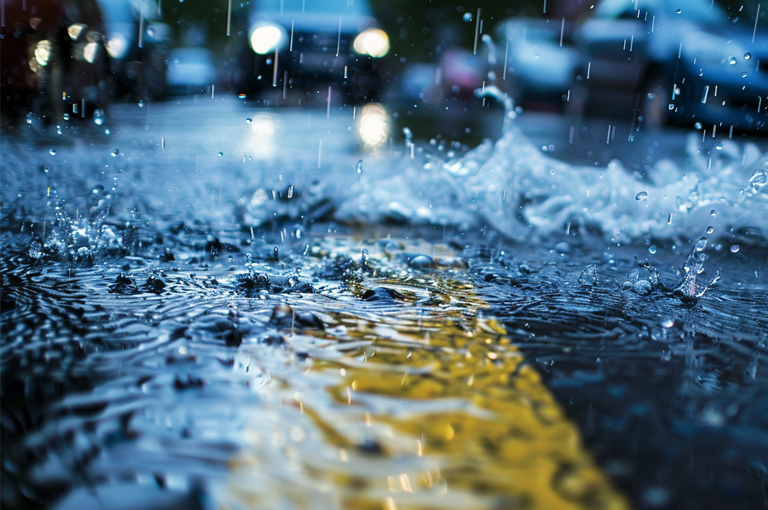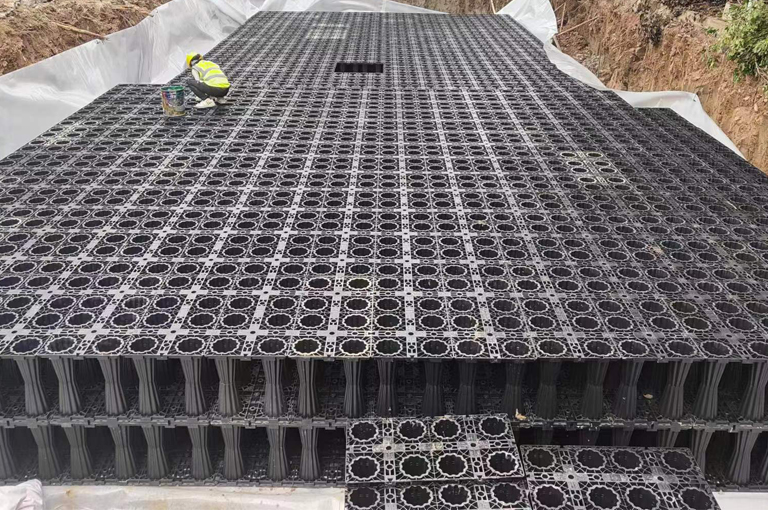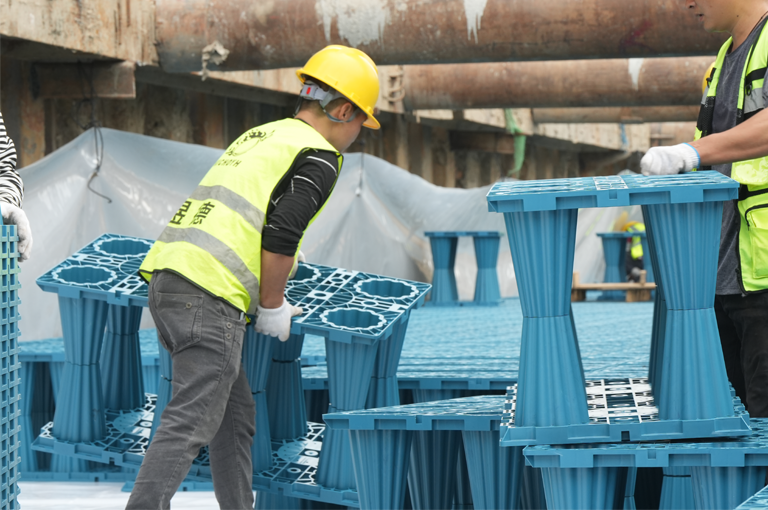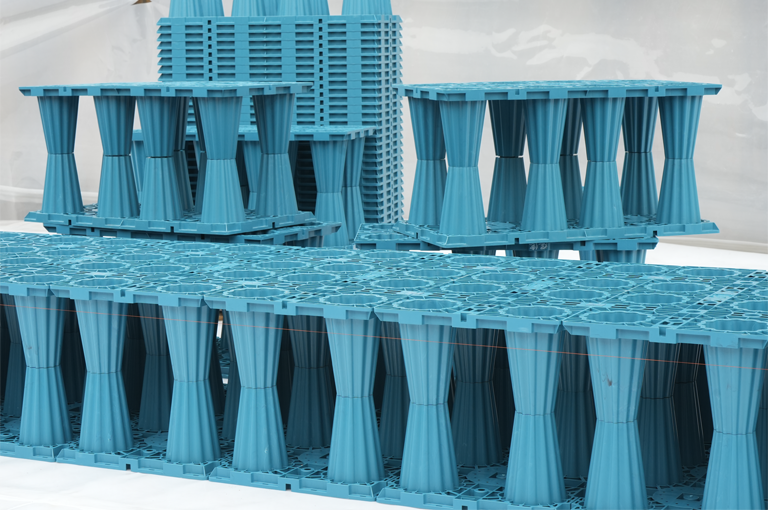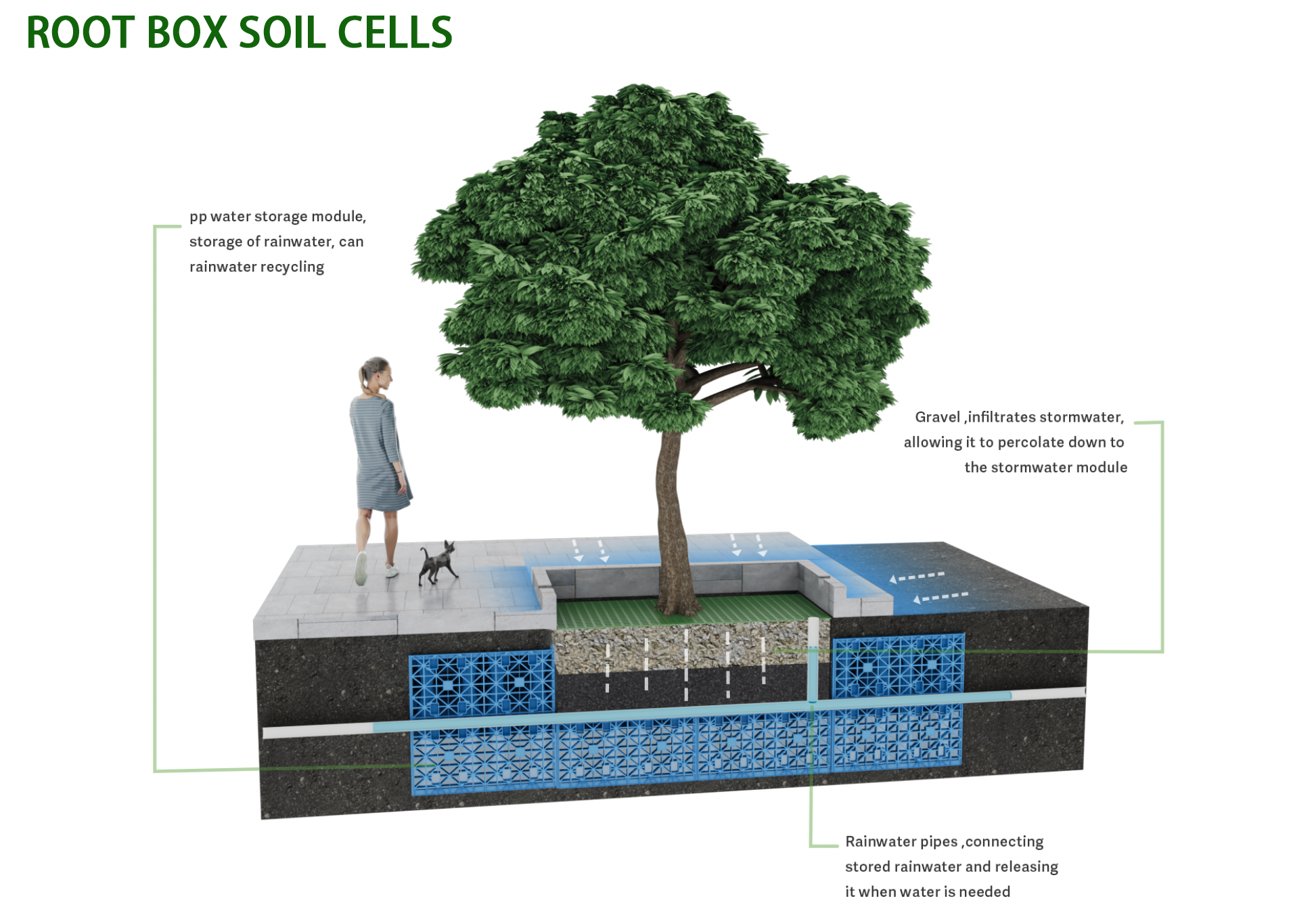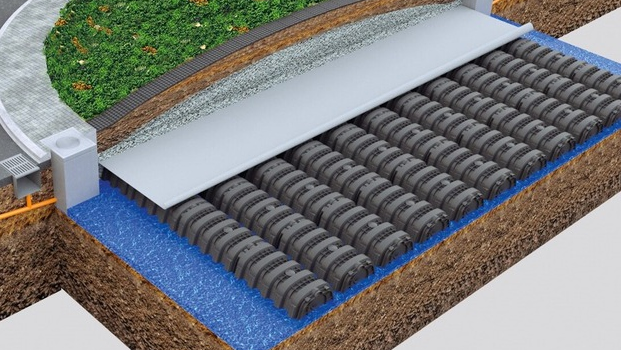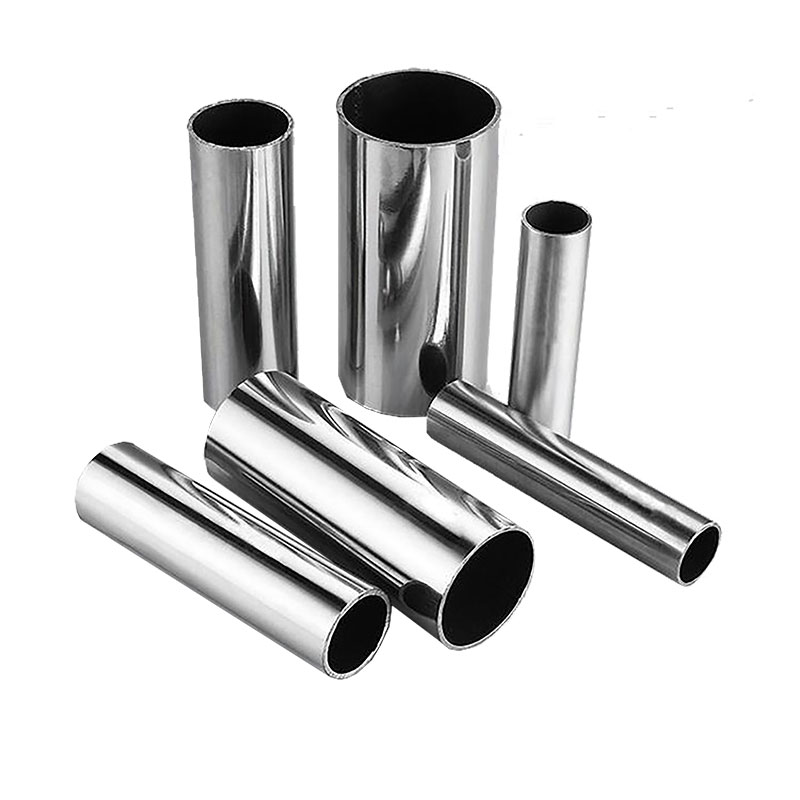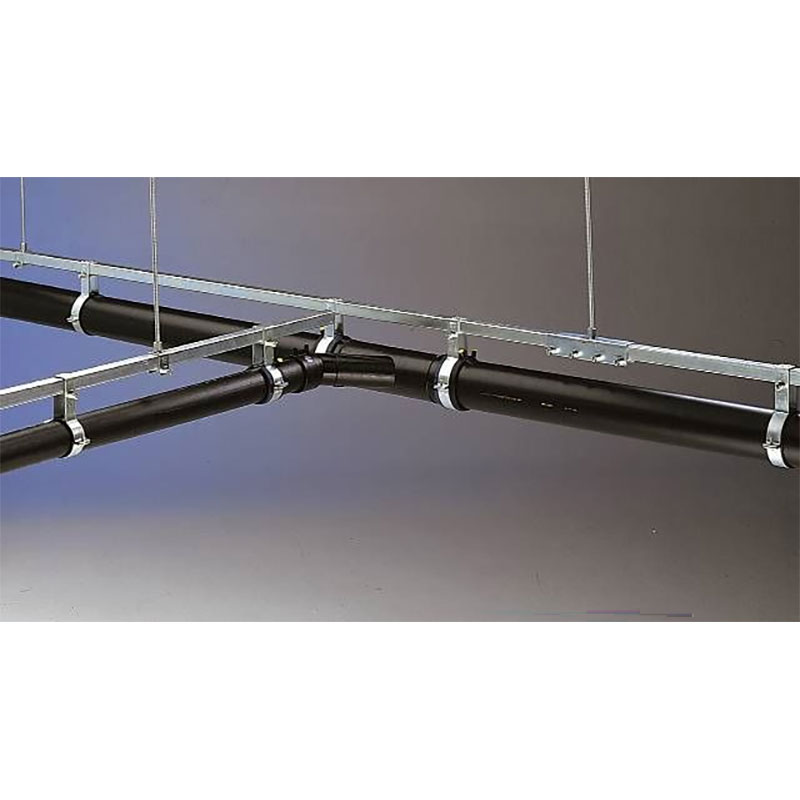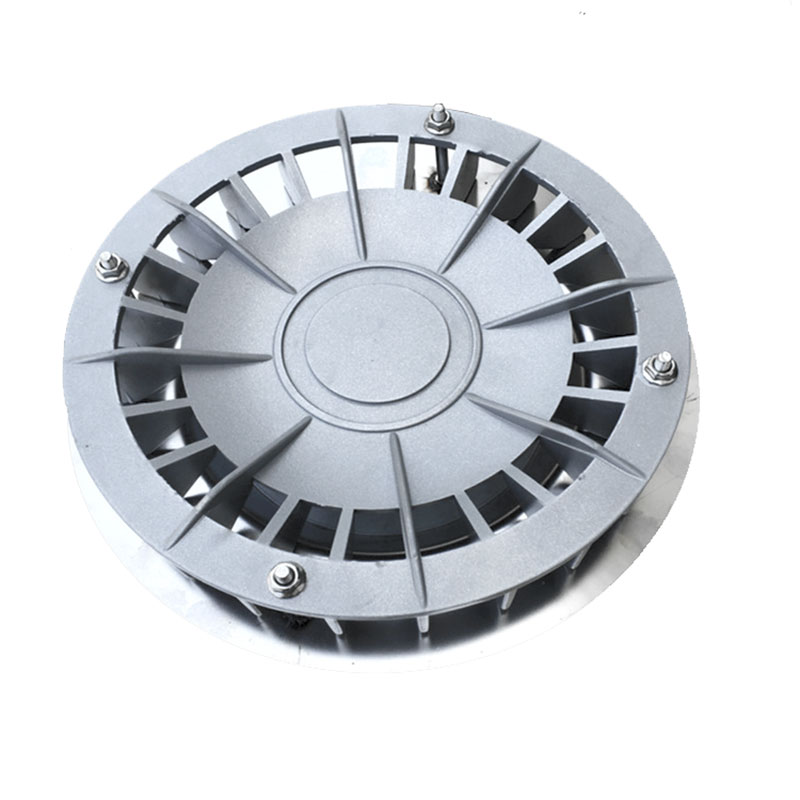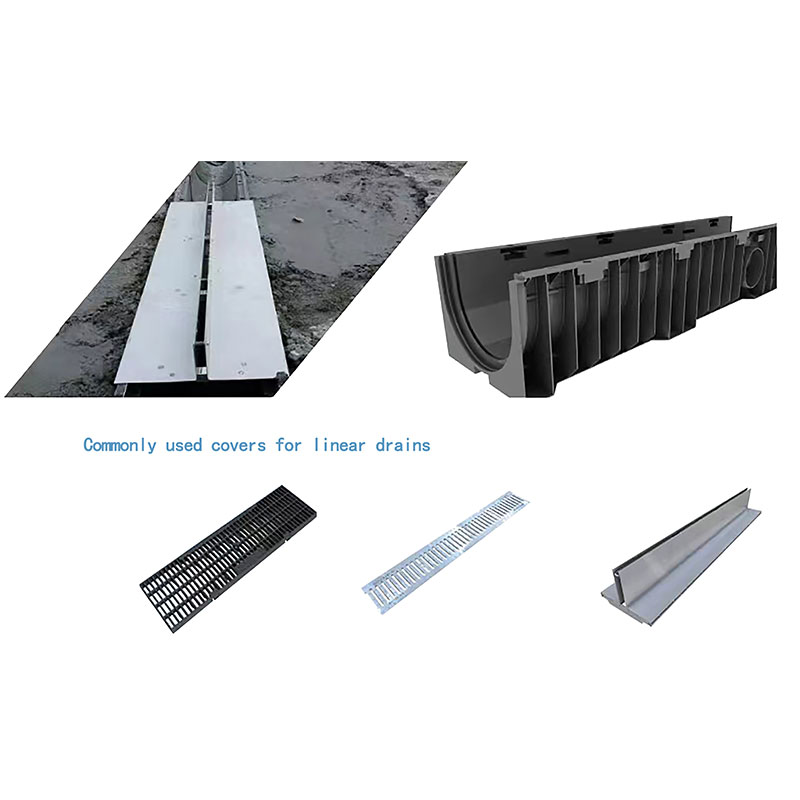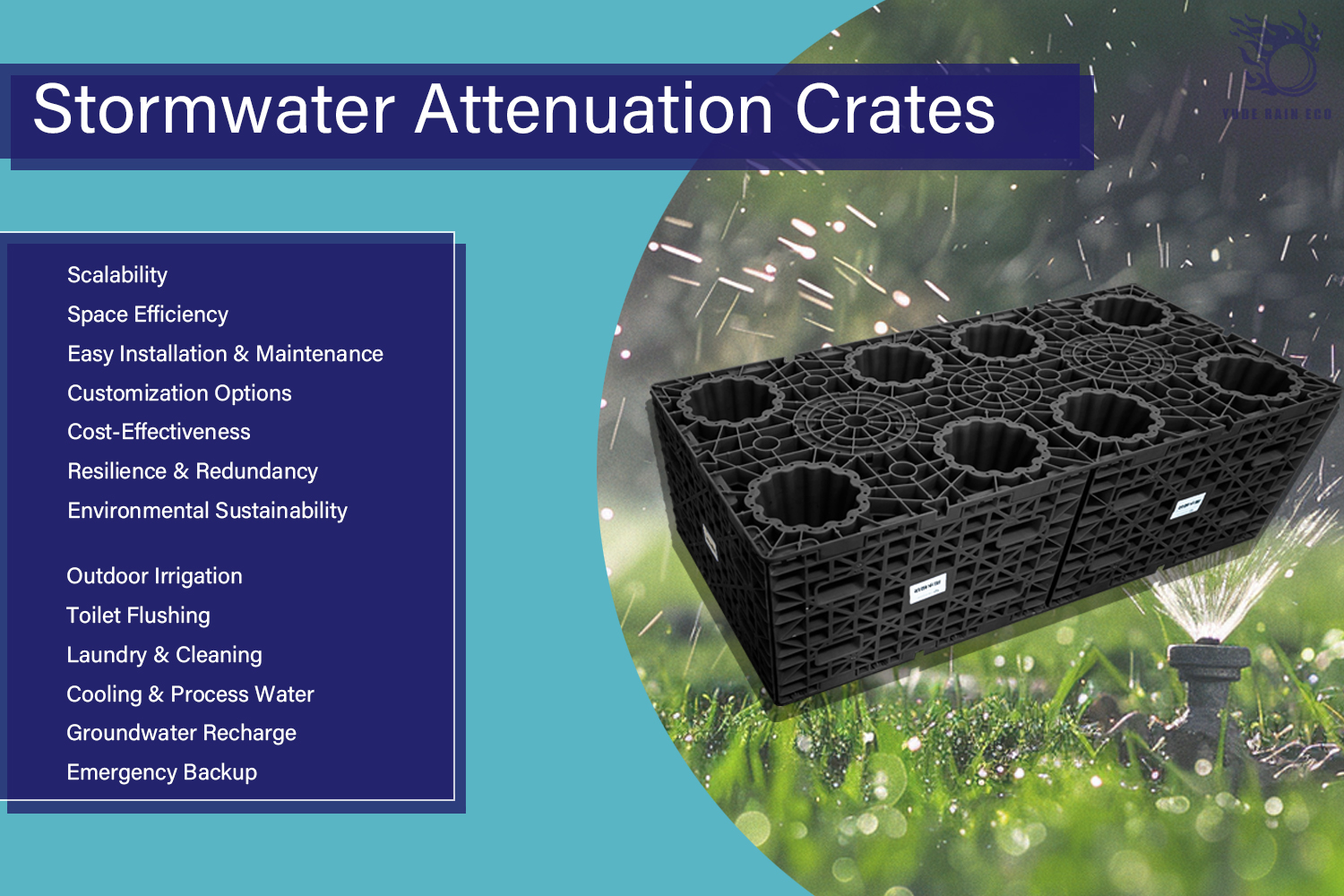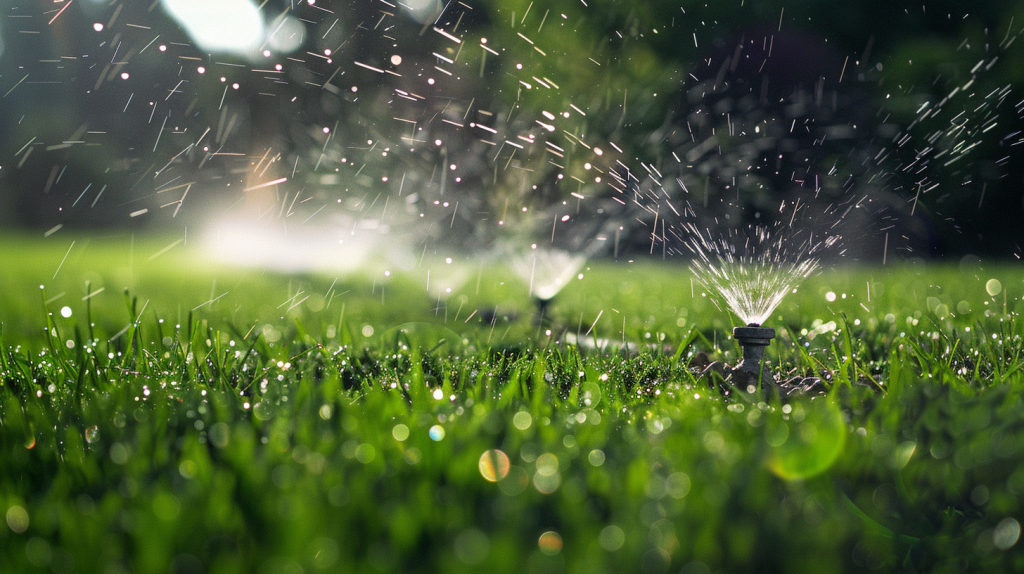Rainwater harvesting is an essential practice for sustainable water management. This article explores the reasons for needing rainwater harvesting systems, their types, importance, and the advantages of underground rainwater cisterns, with a special focus on Yude Rain Eco’s solutions.
Why Need Rainwater Harvesting System?
1.1 Complete Rainwater Harvesting System
A complete rainwater harvesting system includes components like catchment areas (roofs), gutters, downspouts, filtration units, storage tanks, and distribution systems. This setup captures, stores, and uses rainwater efficiently.
1.2 Uses of Rainwater Harvesting
Rainwater harvesting systems can be used for various purposes, such as irrigation, toilet flushing, laundry, and even potable water after proper treatment. It reduces the demand on municipal water supplies and ensures a sustainable water source.
How Many Types of Rainwater Harvesting System?
There are several types of rainwater harvesting systems, including:
- Surface Runoff Harvesting:Collecting and storing rainwater from surfaces like roads and parks.
- Rooftop Rainwater Harvesting:Capturing rainwater from roofs and directing it into storage tanks.
- Infiltration Pits and Trenches:Allowing water to percolate into the ground, recharging groundwater.
Why Is Rainwater Harvesting Important?
3.1 Disadvantages of Having Too Much Rain When It Rains and a Leaky Roof in the Long Run
Excessive rain without proper management can lead to flooding, soil erosion, and waterlogging. Leaky roofs can cause structural damage and mold growth, leading to costly repairs. Rainwater harvesting mitigates these issues by managing and storing excess rainwater effectively, reducing flood risks, and providing a reliable water source during dry periods.
Can You Drink Rain Water?
4.1 Is Rain Water Safe to Drink?
Rainwater can be safe to drink if properly collected and treated. However, untreated rainwater may contain contaminants and should not be consumed without purification.
4.2 How Rainwater is Purified/Filtered
Rainwater can be made potable through a series of purification steps:
- Pre-filtration:Removing large debris.
- Sedimentation:Allowing particles to settle.
- Filtration:Using sand, charcoal, or specialized filters to remove impurities.
- Disinfection:Using methods like chlorination, UV light, or boiling to kill pathogens.
Underground Rainwater Cistern
5.1 Classification of Underground Cisterns: What Types Are There?
Underground cisterns can be classified based on:
- Material:Concrete, fiberglass, polyethylene.
- Size:Small, medium, or large capacity.
- Design:Modular systems that can be scaled according to need.
5.2 Yude Rain Eco’s Underground Water Storage Module:
Modular Rainwater Harvesting and Utilization Systems | Flexible to Adjust to Small/Large Water Storage Tanks
Yude Rain Eco offers modular underground water storage solutions that are flexible and scalable. These systems are designed to fit both small and large reservoirs, making them suitable for various applications, from residential to commercial use. The modules are made from durable materials, ensuring longevity and resilience against environmental factors. They are also easy to install and maintain, providing a cost-effective solution for efficient water storage. Additionally, the modular design allows for customization, enabling the system to be expanded or reduced as needed, offering a versatile and adaptable water management solution.
What size rainwater harvesting system should You install?
Determining the size of your rainwater harvesting system depends on several factors:
- Roof Area:Calculate the catchment area to estimate how much rainwater you can collect.
- Average Rainfall:Use local rainfall data to determine potential water collection.
- Water Demand:Assess your household or garden’s water needs.
- Storage Capacity:Ensure the storage tank can handle the peak collection during heavy rains.
A basic formula to estimate tank size is:
Tank Size (liters)=Roof Area (sqm)×Average Annual Rainfall (mm)×0.8
Consult with Yude Rain Eco’s professional to tailor the system to your specific needs.
| Country/Region | Average Annual Rainfall (mm) | Number of Rainy Days per Year | Recommendation |
| Indonesia | 2700 | 181 | Tropical climate with high rainfall, suitable for rainwater harvesting |
| Papua New Guinea | 3142 | 203 | Tropical rainforest climate with very high rainfall, ideal for rainwater harvesting |
| Philippines | 2480 | 163 | Tropical climate influenced by monsoons, high rainfall |
| Malaysia | 2500 | 200 | Tropical rainforest climate, abundant annual rainfall |
| Brazil | 1761 | 135 | Tropical and subtropical climate, significant rainfall |
| Bangladesh | 2666 | 188 | Monsoon climate, abundant rainfall |
| Colombia | 3240 | 150 | Tropical climate, high rainfall |
| Thailand | 1600 | 123 | Monsoon climate, sufficient rainfall |
| Vietnam | 1800 | 150 | Monsoon climate, high rainfall |
| Nigeria | 1500 | 112 | Tropical climate, moderate rainfall |
| India | 1083 | 121 | Monsoon climate, rainfall concentrated in monsoon season |
| Myanmar | 2300 | 144 | Monsoon climate, abundant rainfall |
| Sri Lanka | 2500 | 160 | Tropical climate, abundant rainfall |
| Japan | 1668 | 120 | Temperate monsoon climate, sufficient rainfall |
| Norway | 1480 | 140 | Temperate oceanic climate, moderate rainfall |
| New Zealand | 1730 | 137 | Temperate oceanic climate, sufficient rainfall |
| Australia (North) | 1800 | 120 | Tropical climate, rainfall concentrated in the wet season |
| Canada (West Coast) | 1800 | 140 | Temperate oceanic climate, abundant rainfall |
| USA (Pacific Northwest) | 2400 | 160 | Temperate oceanic climate, sufficient rainfall |
Yude Rain Eco Call to Action
As climate change intensifies, effective water management and conservation are crucial. Yude Rain Eco provides comprehensive rainwater harvesting solutions tailored to meet diverse needs. Whether you are a homeowner or a business, our systems offer sustainable, cost-effective water management.
- Website:Yude Rain Eco
- Email:[email protected]
Join us in creating a sustainable future through innovative water management solutions.

